California Lobster Benedict

This brunch staple consists of perfectly poached eggs, toasted English muffins, creamy hollandaise sauce and topped with rich buttery lobster. Serve with a Temecula Valley Chardonnay for the ultimate brunchtime meal.
Ingredients
- 2 x 4oz lobster tails (uncooked or if already cooked warm to package directions)
- 6 eggs (4 to poach and 2 yolks for the sauce)
- 1/2 cup salted butter
- 2 English muffins
- 1 cup chopped kale
- 1 cup chopped arugula
- 1/8 cup chopped green onions
- 4 lemon slices ¼ inch thick
- 1 lemon wedge for sauce
- 3 dashes Tabasco
- 1 tsp white vinegar
- 4 cups water boiling on stove
- Fresh chives, a few sprigs
Serves 4
Directions
Lobster
- Place the lobster tails in the boiling water for 8-10 minutes. Keep pot of boiling water on for other steps.
- Remove lobster tails from heat and cut the shells lengthwise to help pull the meat out in one piece.
- Cut each tailpiece in half-lengthwise and toss into a bowl with half the butter (2 tbsp). Mix till butter is melted and they are coated.
Sauce
- In a steel bowl place 2 egg yolks and whisk over the boiling pot of water. Reduce the heat to medium while making sauce.
- Add the vinegar and whisk for about 1 min.
- Add the butter and whisk for another 2 min
- Once the sauce begins to thicken, add the lemon juice from the lemon wedge and mix. Remove from heat.
Poaching Your Eggs
- In the boiling lobster water, crack eggs into the water. Using a slotted spoon to gently turn them once a minute for about 3 to 4 min or until cooked to liking.
Using the slotted spoon, remove the eggs and lightly pat them with a paper towel to remove excess water.
Building the Lobster Benedict
- Cut muffins and toast.
- Place 1 half of the toasted muffin on each plate.
- Combine the arugula and kale and place on top of the muffin
- Place 1 half of the lobster tail on top of greens on each muffin
- Place poached egg onto lobster
- Evenly distribute the hollandaise sauce over all 4 dishes. Top with chopped green onion and garnish with some chive stems.
Suggested Wines:
Callaway Vineyard & Winery~2017 Chardonnay – This light, crisp Chardonnay opens with aromas of leafy pineapple and citrus fruits. The palate is lush with fresh tropical fruits, a golden delicious apple with a tangy pineapple finish.
Lorimar Winery~2018 Chardonnay – This popular Chardonnay is sure to delight the senses with its beautiful aromas.
Mount Palomar Winery~2018 Chardonnay – On the nose, the wine smells of ripe, if not slightly dried apple and pear with hints of white flowers and peach.
Wiens Family Cellars ~2020 Chardonnay – The French oak used lends some creamy vanilla notes that balance nicely against crisp, green apple notes.
Recipe and photo courtesy of the Wine Institute of California

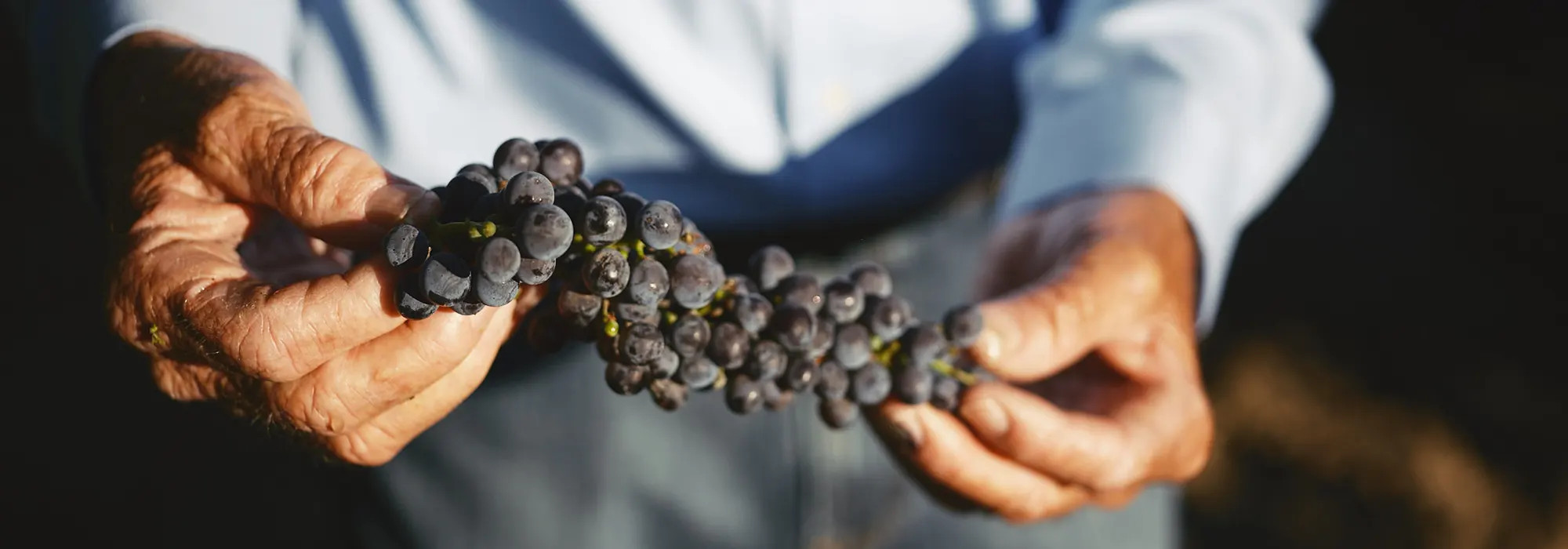

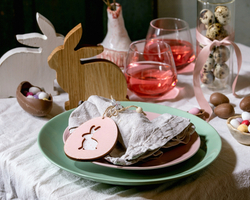
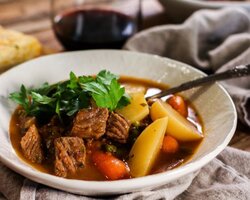

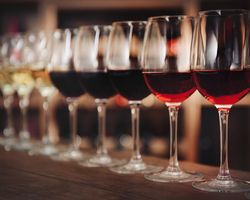 Blended wines are some of our favorites because they are the most complex and interesting types of wine. Here are the 5 facts you need to know about blends:
Blended wines are some of our favorites because they are the most complex and interesting types of wine. Here are the 5 facts you need to know about blends: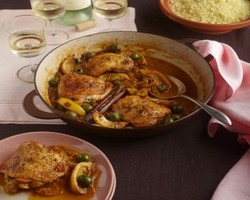
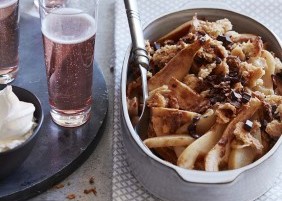 Want to surprise that special someone with a yummy Valentine’s treat? This recipe looks perfect for the occasion!
Want to surprise that special someone with a yummy Valentine’s treat? This recipe looks perfect for the occasion!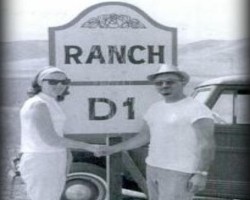
 Mom’s stuffing, Aunt Nancy’s cranberry sauce and your sister’s sweet potatoes. Menu: done! But what about the wine? Choosing a bottle (or two!) of wine to bring to the holiday table can be tricky. Appealing to not only your menu, but to a cross-section of practiced palates and novice wine drinkers may seem challenging. But don’t stress out over one of the simplest tasks of the holiday season. Make it simple. Any wine you enjoy is a good wine!
Mom’s stuffing, Aunt Nancy’s cranberry sauce and your sister’s sweet potatoes. Menu: done! But what about the wine? Choosing a bottle (or two!) of wine to bring to the holiday table can be tricky. Appealing to not only your menu, but to a cross-section of practiced palates and novice wine drinkers may seem challenging. But don’t stress out over one of the simplest tasks of the holiday season. Make it simple. Any wine you enjoy is a good wine!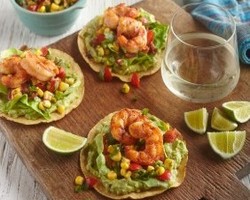 Eating with your hands was never so delicious with these tostadas layered with a bright salsa, creamy guacamole, and spiced shrimp. Arrange the fixings family-style and let everyone assemble their own tostadas. Pair with Temecula Valley Sauvignon Blanc or Pinot Gris.
Eating with your hands was never so delicious with these tostadas layered with a bright salsa, creamy guacamole, and spiced shrimp. Arrange the fixings family-style and let everyone assemble their own tostadas. Pair with Temecula Valley Sauvignon Blanc or Pinot Gris.